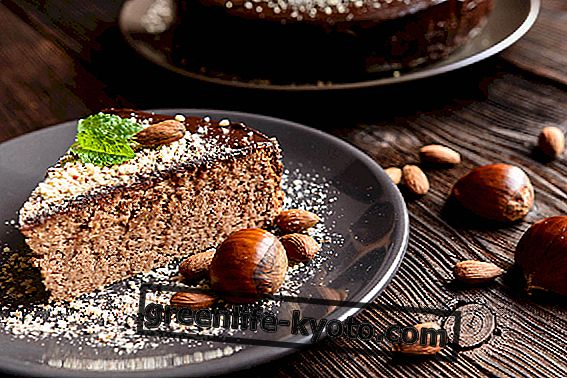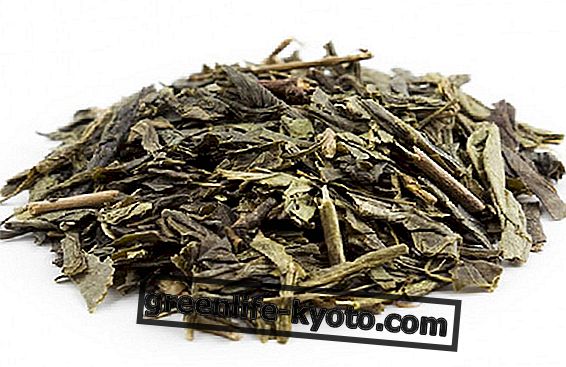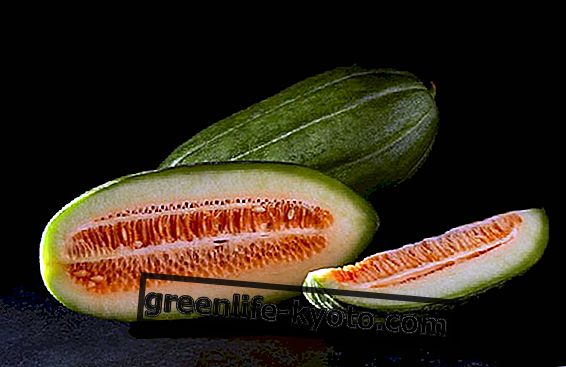
Before reviewing the details of the off-season cultivation, the sowing in January is based on two categorical imperatives: to protect from frost and cold and to fertilize .
Whatever vegetable, shrub or flower you decide to sow, remember that everything must be covered and kept away from night frosts, at least until the end of March.
Once we understand the danger of frosts always lurking, let's see in detail how to proceed with sowing in January, remembering that the basic trick to have a respectable vegetable garden in the spring is to avoid, in this period, to sow the vegetables that put the fronds from the bottom of the bust.
The sowing of January between the vegetable garden, orchard and garden
First of all, avoid throwing wet food waste: it's all excellent fertilizer for the soil, which will be part of the compost. Whether it is mature compost or manure on the ground, mix it and use it on the ground previously hoed: you will prepare the plantings for the following months.
Plant pure bulbs of onions, garlic and leeks. If you already dream of excellent bruschetta with tomatoes and a drizzle of olive oil to be consumed away from the summer sun, start sowing these precious red "jewels", small chests of vitamins. Whether they are salad, cherry tomatoes, beef hearts, all the tomatoes need a minimum temperature of 15 ° to germinate. 20 ° serve instead to aubergines and peppers.
Also sow other fruit, flower, leaf and root vegetables, but leave spinach and lettuce aside, which could lead to premature seed. According to some lunar calendars, beans, green beans, broad beans and corn should be sown in a waning moon, to avoid excessive foliage growth.
Many fans of chili pepper decide to sow in advance, in order to help the late ones that ripen more slowly. This is also a good time to carry out the repotting of parsley and basil in larger containers to allow the plants to reach their maximum development. In the garden, prune and prune trees, shrubs and hedges.
While, suffering from the cold, you will struggle on your beloved garden, try to remember that ... those who sow, harvest .













